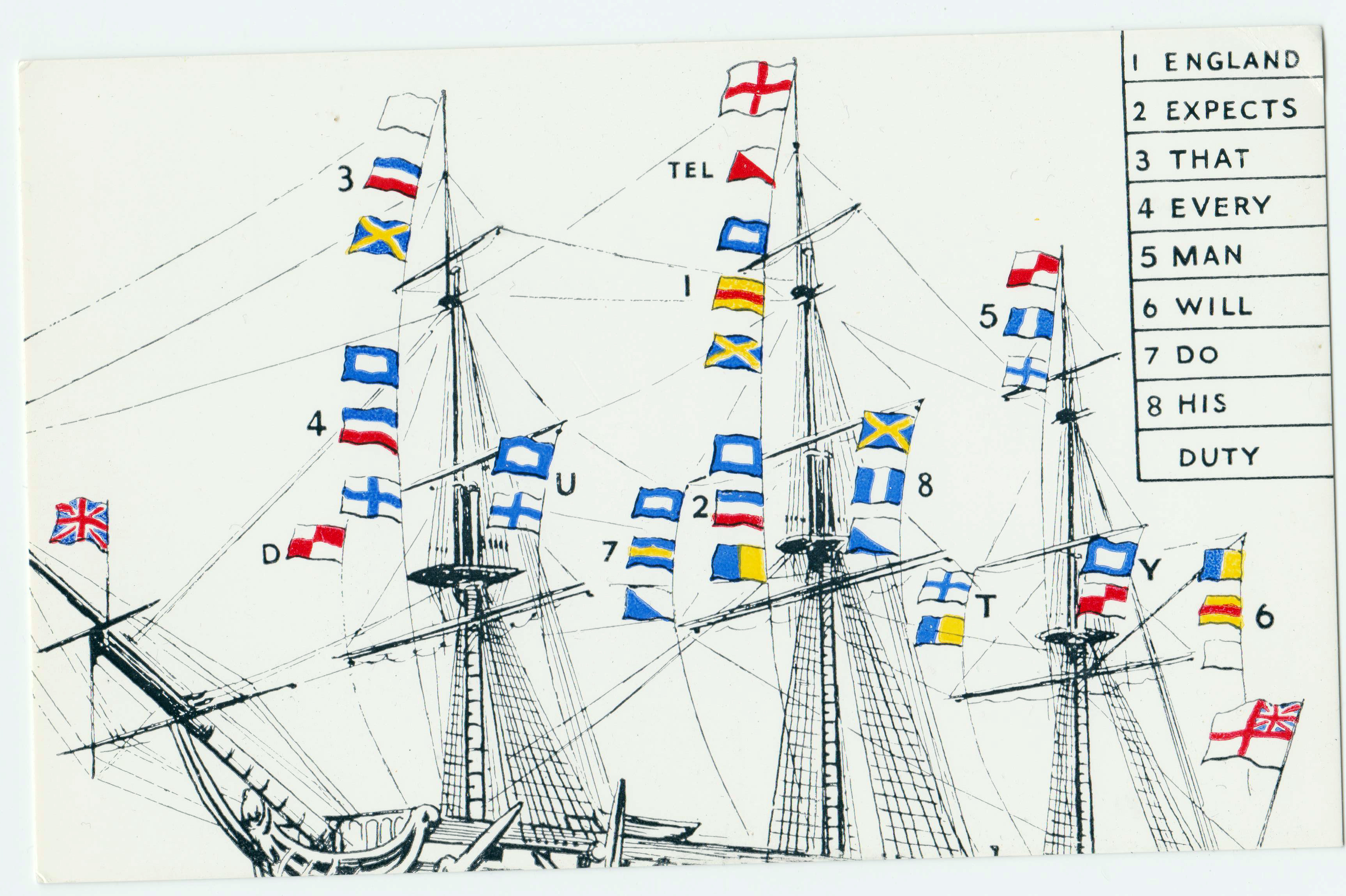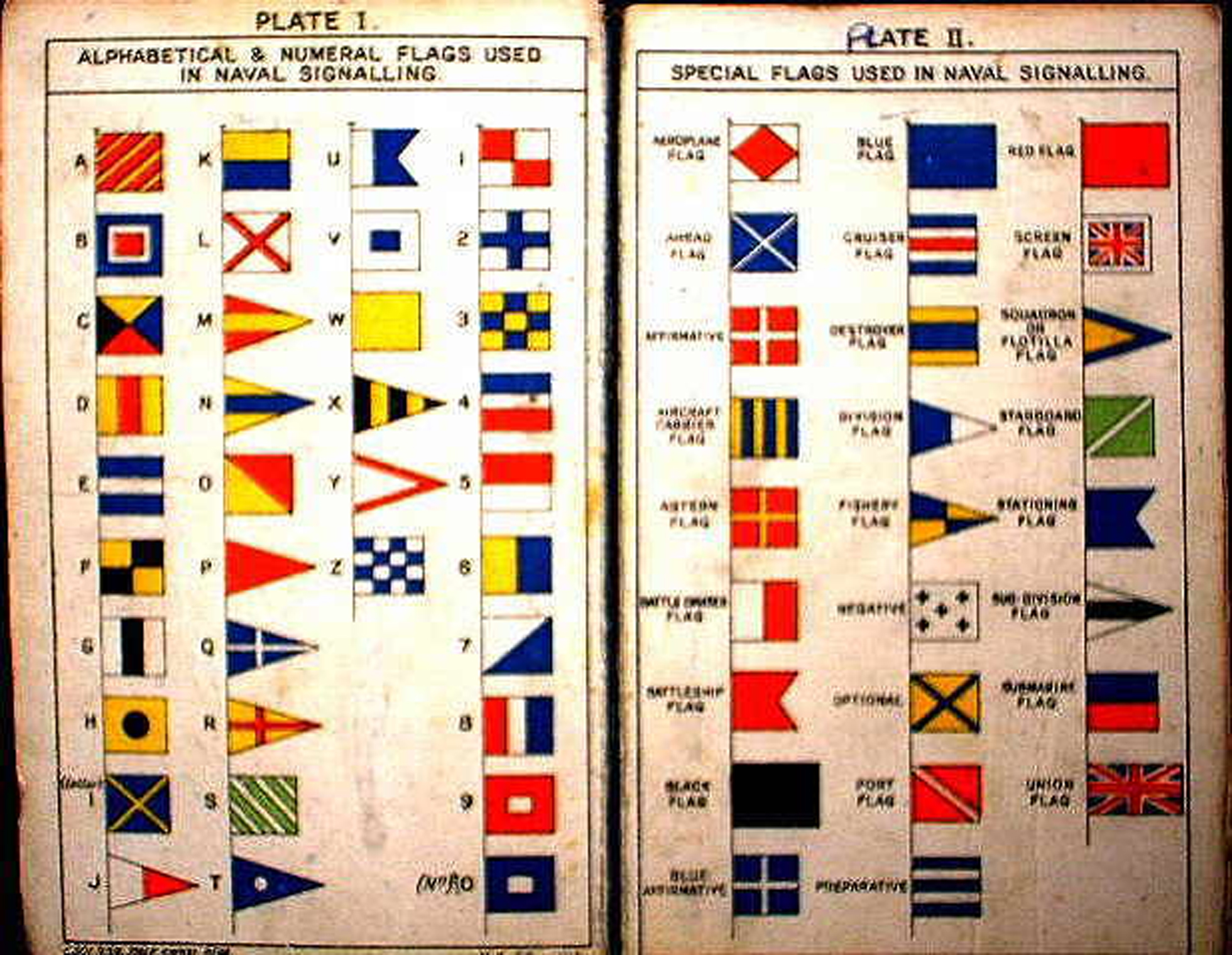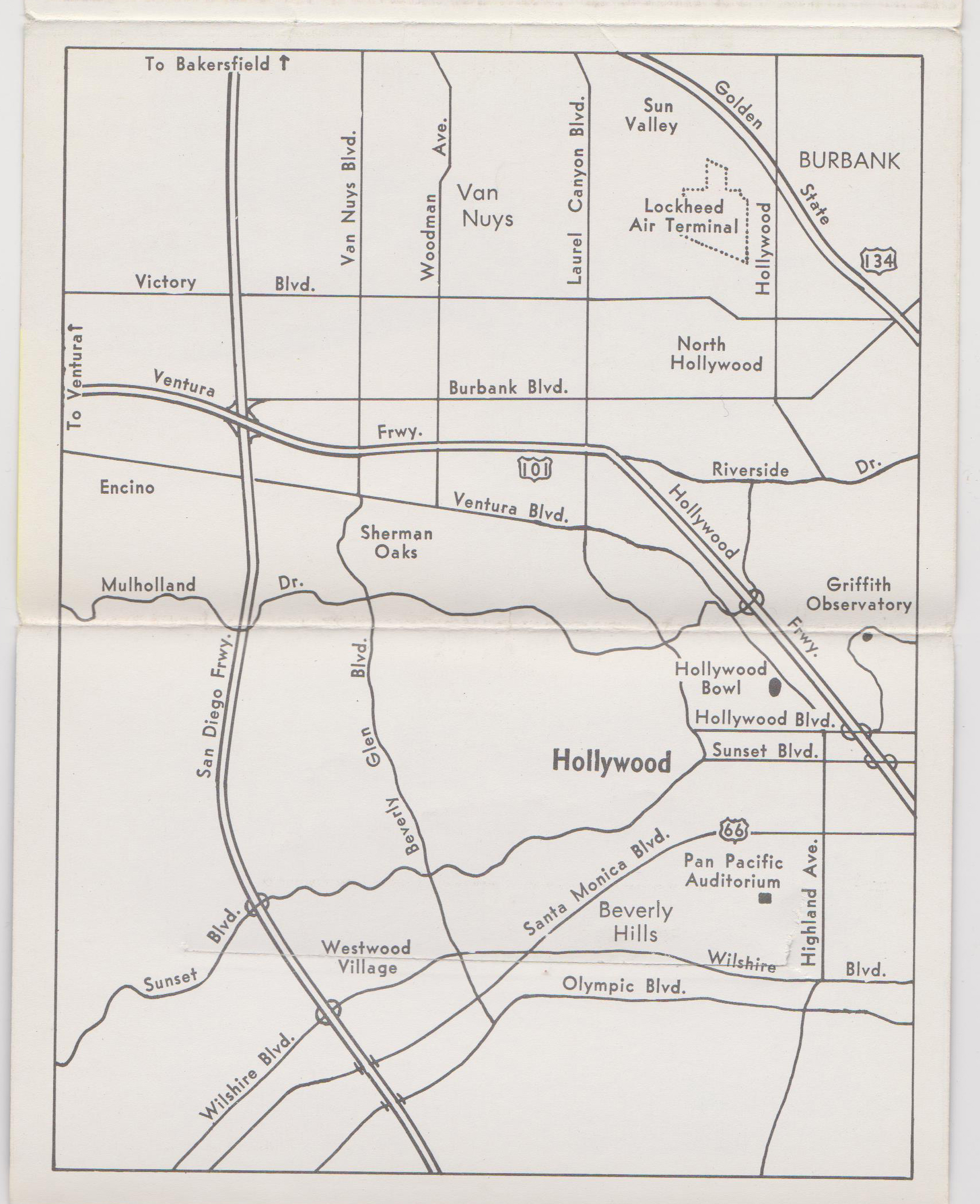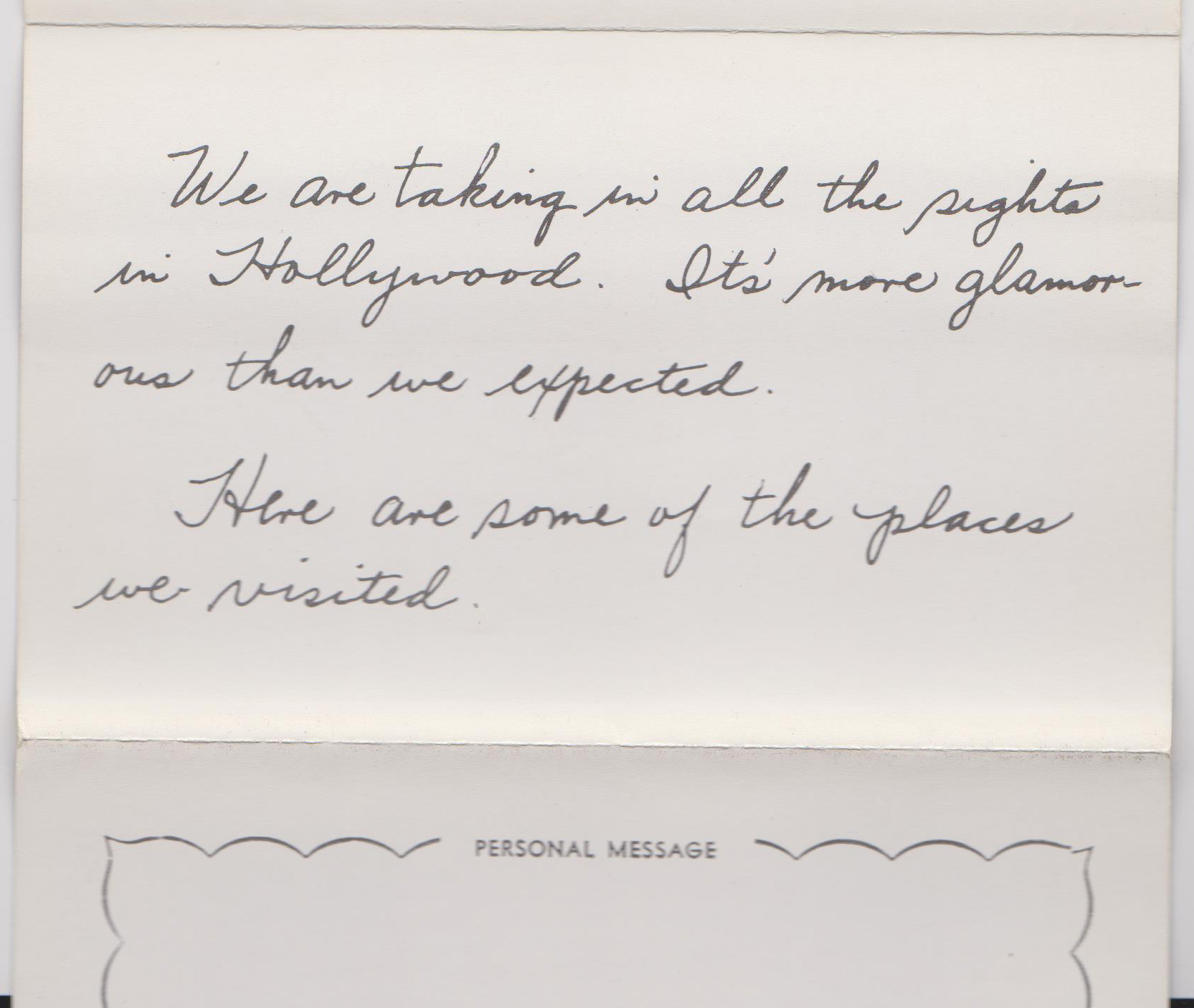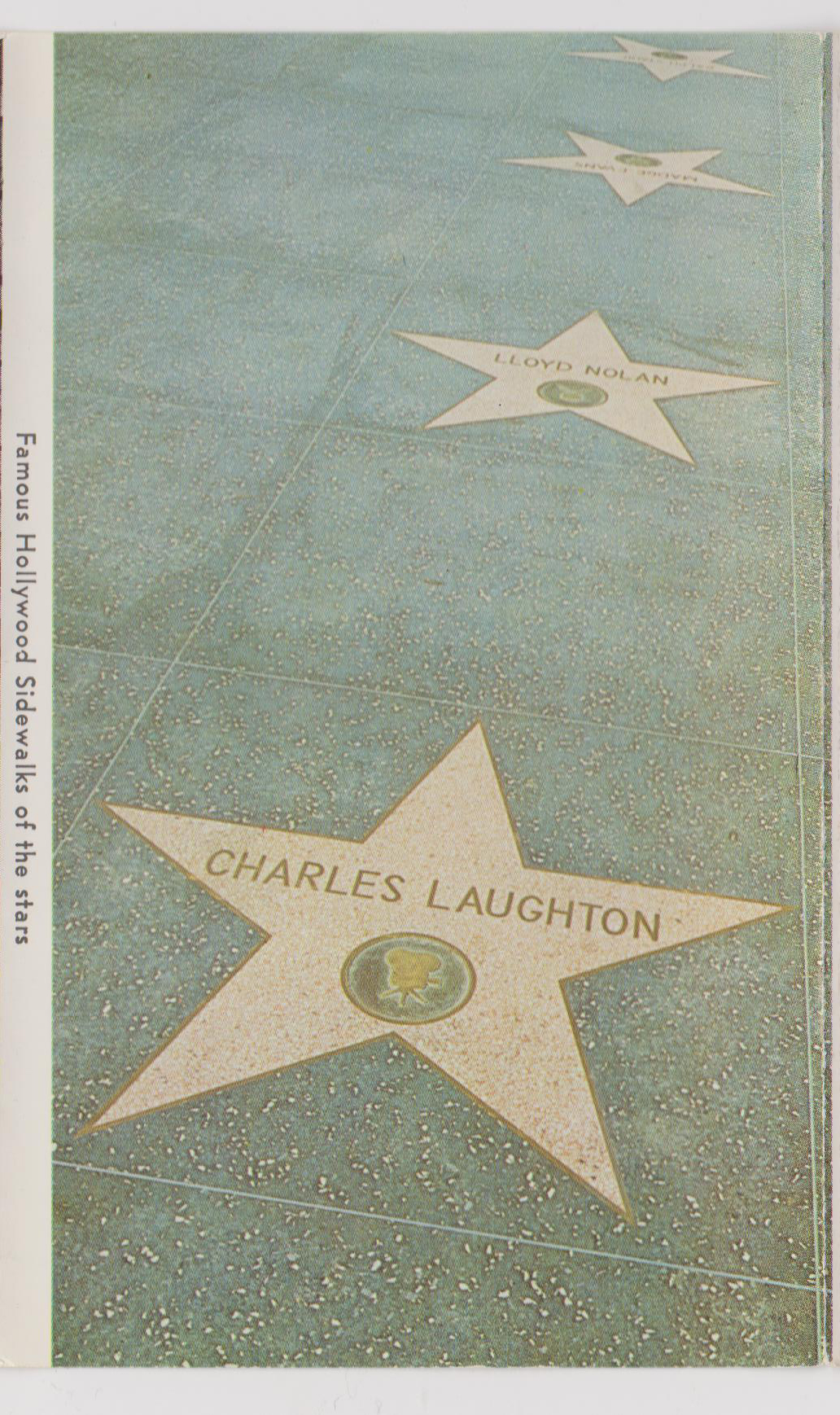My real job is pretty fantastic, probably best described as “freelance historical research.” I’m currently buzzing away in the background of an ambitious project to catalogue the 200+ heritage buildings of a small town, including brief biographies of all who lived there. On the days I explore attics and basements of old houses I feel very much like Nancy Drew.
This post is going to deviate slightly from postcards (but still solidly ensconced in ephemera) because my latest rabbit hole has been into the world of Fraternal Benefits Societies, or “Friendly Societies.”
Friendly Societies served an important social role Great Britain (and, by extension, Canada) in the 18th, 19th and early 20th centuries; they remained strong up until broader systems of socialized welfare came into being. Membership in a Friendly Society worked like health and employment insurance, with each member paying an annual due. If a member fell ill the fraternity helped pay for expenses, or a “friendly” doctor would visit them for free. If the member died some money was provided to the family, and the funeral expenses would be covered.
In a lot of ways, Friendly Societies were similar to Masonic Orders. While the Freemasons didn’t offer insurance benefits, both tended to be groups of people who aligned along a common profession, religious belief, and general morality. They sought the betterment of society in their own way… sometimes that way was really prejudiced (take a look at the Orange Order, for instance. And Fraternities are overwhelmingly male, white, and anti-Semitic.) But sometimes they did a lot of good in a community through charity.
I asked an old friend (by which I mean he’s 93-years-old) why the churches didn’t fill that role. Churches were strapped for cash in the heyday of Fraternities. They had to maintain the church and the manse or parish house, and support all the needs of the minister and his family. Even then, the ministers often had to take on side-hustles (i.e. my town had an 1852 Protestant minister/tavernkeeper). Fraternities simply didn’t have all that overhead. In 1926 of one of the town scions, a highly-ranked Mason and respected businessman, marched an impoverished family of eight down to the general store and bought them all shoes. The store clerk was also a Mason and sold them at cost. That’s the kind of thing they did.
Another way in which Friendly Societies and Freemasons are similar is that they are bonkers about all that secretive hokey-pokey! See, humans love to play (even when they pretend they don’t), and all sorts of symbols and costumes and elaborate ceremonies and invocations and passwords and ritualistic funeral rites have been built into these orders. Here is a great breakdown of the Ritual of the Independent Order of Foresters for Subordinate Lodges. As to their claims of origin:
‘Forestry’ was suggested by the romantic and historic story of Robin Hood and his Merrie Men of Sherwood Forest. In the twelfth century these men banded themselves together for mutual aid and protection. There in the forest they practised their “Swain Motes”, and shared the joys and sorrows incident to the life of every one. Though centuries have passed since their time, their deeds of bravery, their skill in Forestry, and their acts of charity are still the theme of many a song and story. The simile is this, ‘The Forest was their world, to-day the world is our Forest.’ Moral courage, physical fitness, and stability of character were their essential qualifications. The aims and objects of our Order are also in a measure akin to theirs, to assist each other in health and sickness, and to provide for our loved ones when the axe of time shall fall in our Forest.
The Foresters are still plucking away from their North American Headquarters in Don Mills, Ontario but it’s now called Foresters Financial, and I doubt they invocate the example of Robin Hood.

But here’s what I really wanted to show you! An Oddfellows membership certificate from 1916. The top banner has a crest that says, “We command you to visit the sick, relieve the distressed, bury the dead, and educate the orphan.” And membership cost only $1.50 per annum.
That’s great! I could totally get behind this organization! But I’d be remiss if I didn’t make note of the fact that they only removed the whites-only clause in 1971. So there’s that, then. *sigh.

Being a financial aid society they had to beware of rampant shenanigans and fraud, so on the back of the certificate is their TELEGRAPHIC CIPHER AND KEY: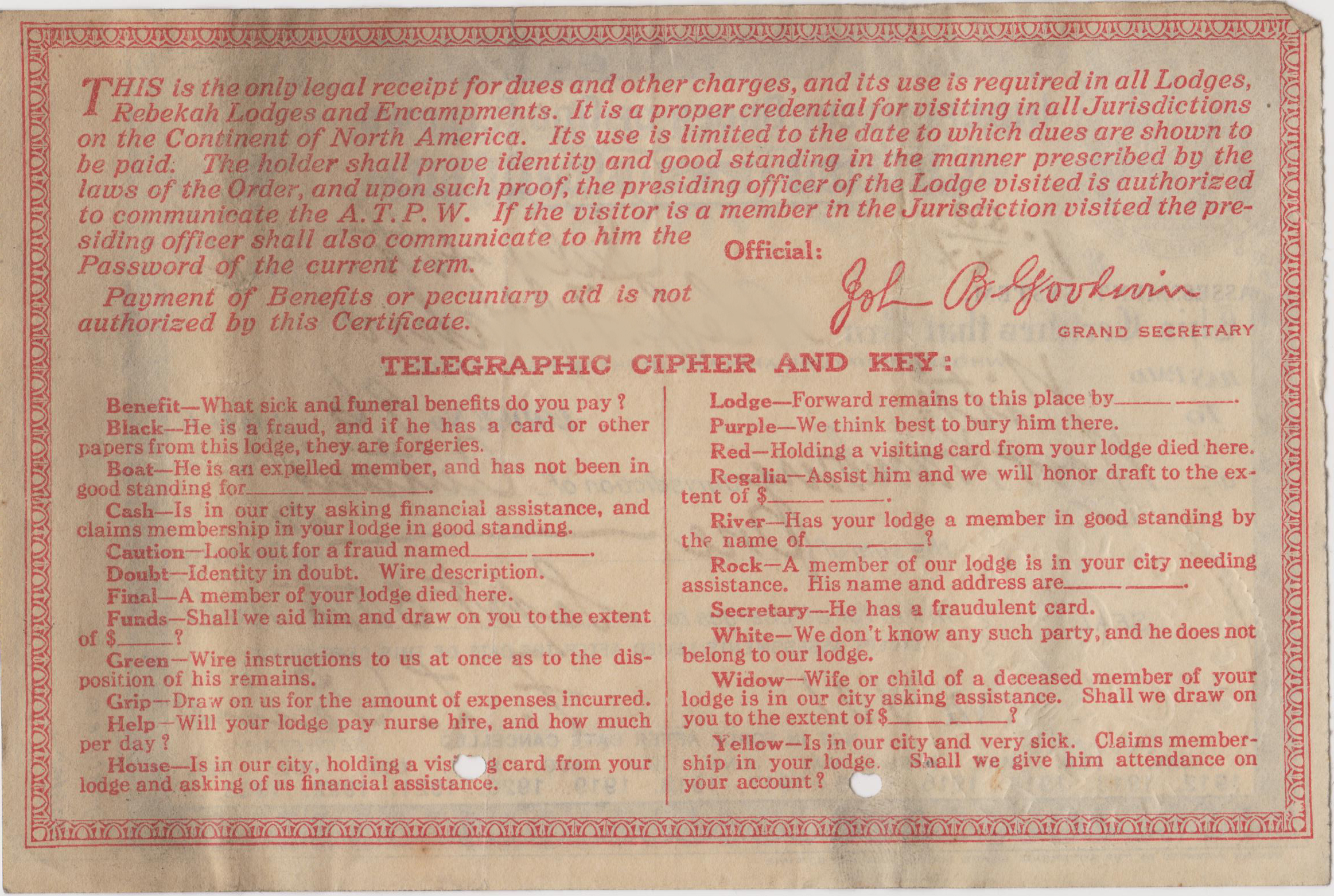
Check it out — if a telegraph were received regarding someone who claimed membership, and the word black was in the message, it meant, “He is a fraud, and if he has a card or other papers from this lodge, they are forgeries.”
Or a perfectly cromulent telegraph could read, “Jos. Smith Final Green Purple.” (Joseph Smith died here. Wire instructions to us as to the disposition of his remains. We think it best to bury him there.)
My local chapter of the Oddfellows was already in decline when a 1959 fire destroyed their records, but it wasn’t uncommon for someone to be a member of both the IOOF and the Masons, even though they didn’t always play nice in the sandbox. When one such fellow of dual membership died in 1930 the Masons told the Oddfellows that they, respectfully, wouldn’t wear regalia. The Oddfellows agreed they wouldn’t either. But when the time came to sink old Daniel in the ground the Masons paraded in with all their pomp and flashy bling and performed last rites. It was a spit in the eye of the Oddfellows, and apparently, they never quite got over it.




